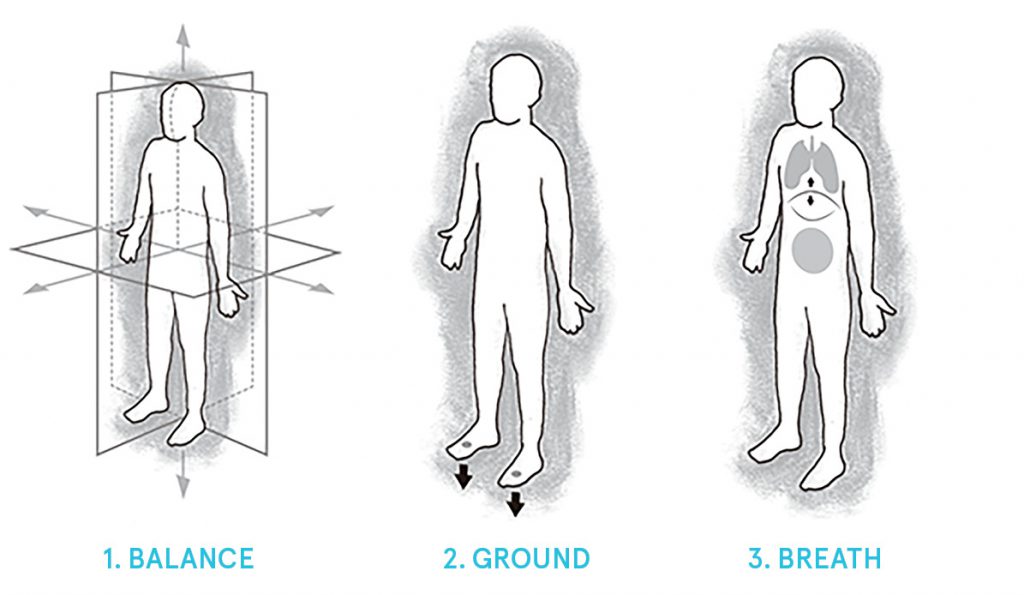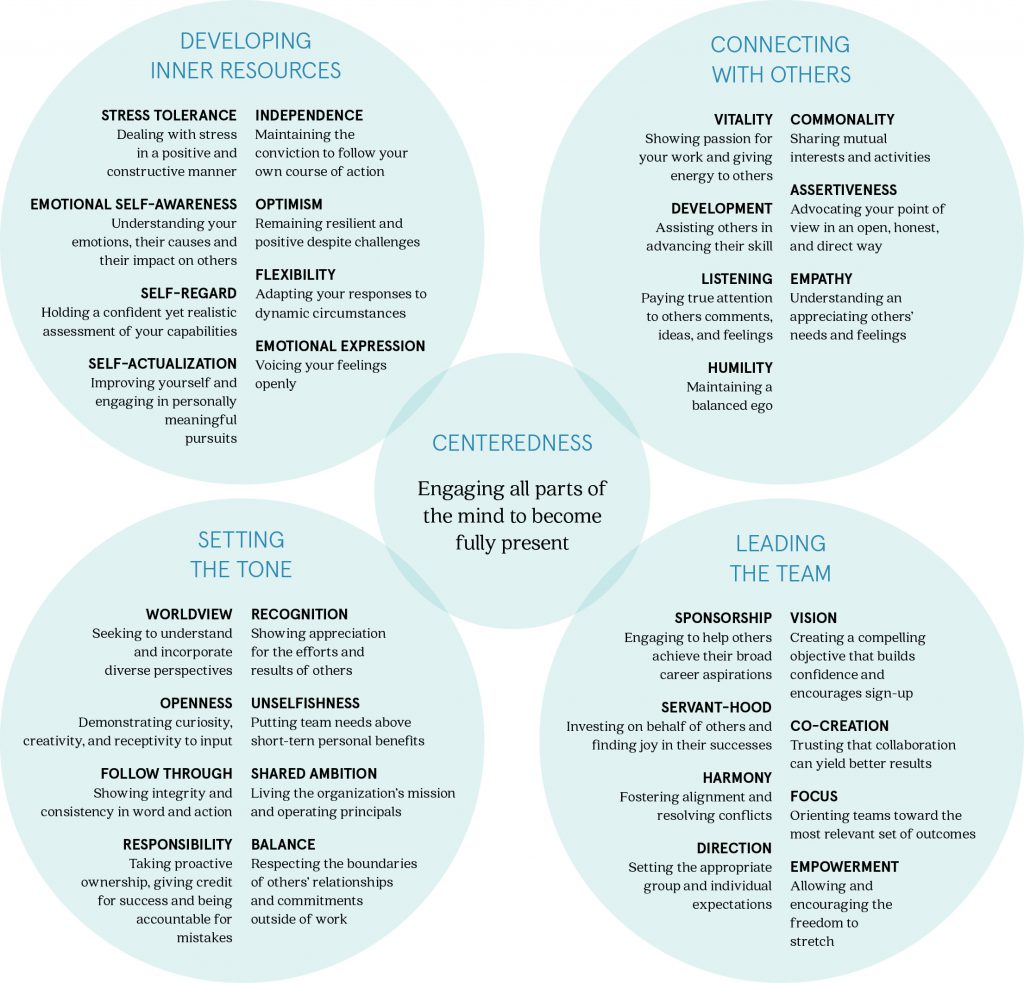Transformational Leaders
To be a great leader you need the X factor – you need to be inspirational. Great leaders imagine the end goal and inspire others to work to get there. However, learning to be a truly inspirational leader seems daunting. How does one learn to be such nebulous things as imaginative, charismatic, visionary, and a force of will?
bain.com/insights/the-science-of-centeredness
inc.com/larry-kim/33-characteristics-of-super-inspiring-leaders.html
The consulting company Bain & Co surveyed 2,000 Bain employees from all levels of the organization to find out what makes a leader truly inspirational. Analysis of the answers yielded 33 possible traits that help make a leader inspiring.
“Although we found that many different attributes help leaders inspire people, we also found that you need only one of them to double your chances of being an inspirational
leader,” the study reveals. By recognizing and cultivating your distinguishing strength, you significantly improve your ability to be an inspirational leader.
But the research found one characteristic that stood out as the most important by far. And the good news is that with some practice, anyone can develop it. What is this trait that matters more than any other? Centeredness. “This is a state of mindfulness that enables leaders to remain calm under stress, empathize, listen deeply, and remain present,” explain the researchers. “This skill is universal and an important enabler of all other skills. It is therefore viewed by employees as the most inspiring.”
STEP 1
Settling into your body signals to your primitive brain that you are safe and mitigates the automatic fight-flight-freeze response.
To practice this, first, balance yourself, creating physical stability in your body. Second, ground yourself to firmly connect yourself to the earth. Third, breathe deeply to bring attention to your center of gravity and to calm yourself.

STEP 2
Sensing is the ability to notice the physical information that your limbic brain (especially the heart and gut) transmits in reaction to emotional stimuli, such as a tight chest, shortness of breath, and butterflies in your stomach.
Sensing enables you to name the emotion connected to that physical sensation, and identifying the emotion allows you to begin managing your response. By sensing, you are gaining access to and using your limbic brain system, rather than allowing it to operate entirely on autopilot.

STEP 3
Shifting is the mental process of creating distance between your emotions and actions through a change in perspective, in essence adopting a position of neutral observation.
Neutral observation occurs when you move back and step up from the emotions you noticed and named while sensing. This shift is the circuit breaker that allows your neocortex (the executive brain) to enter the process and control your responses.

That means whatever else you excel at – whether it’s energizing others, setting the tone, or focusing in a chaotic world – you won’t be able to utilize that skill if you can’t stay calm and centered when the pressure is on.
There are many ways to feel centered, including meditation or physical activities, that require you to have laser-focus on your task. However, these require time and space to do. Bain therefore developed a simple, use-anywhere method that can help achieve the inspirational calm that leaders need.
Each of the three steps of centeredness will allow you to interact more proactively with your physiology, addressing each aspect of brain function in succession.
“Leadership is practiced not so much in words as in attitude and in actions.”
HAROLD S. GENEEN
